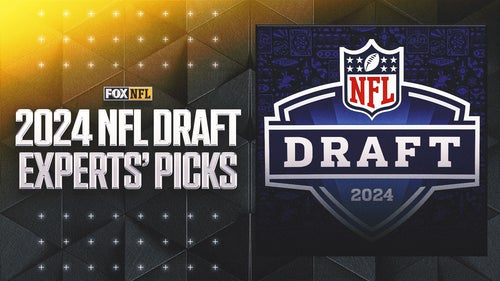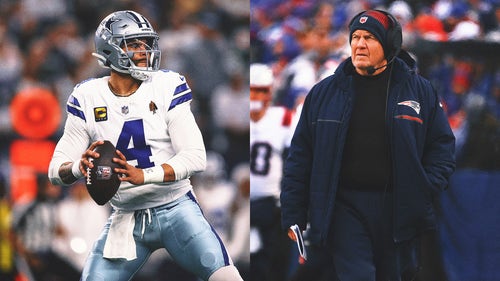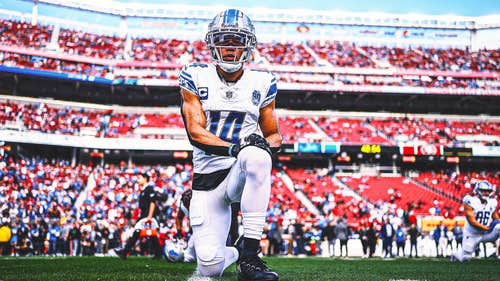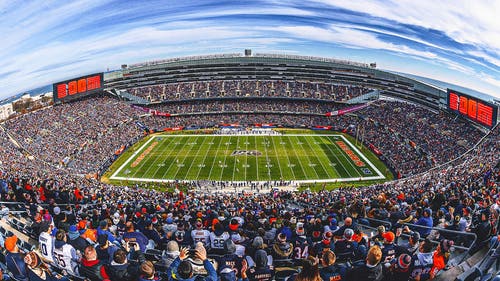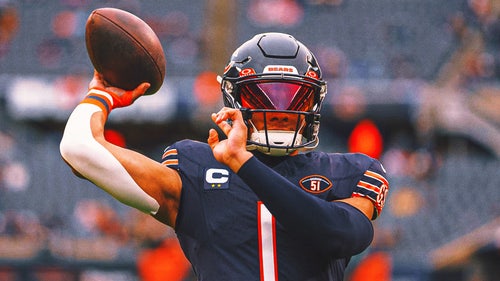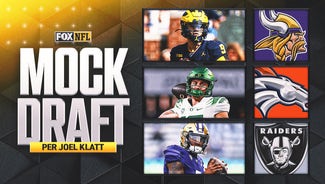
Witness: Hernandez carried gun two days before Lloyd's death
FALL RIVER, Mass. – A parking lot manager saw Aaron Hernandez with what he believed to be a black pistol tucked into his waistband outside a Boston hotel two days before Odin Lloyd’s murder.
Samson Michael told jurors in Hernandez’s murder trial that he was working outside the W Hotel when he observed the then-New England Patriots tight end with his shirt up and a pistol tucked into his pants.
That happened early the morning of June 15, 2013 — a little more than 48 hours before Hernandez is accused of orchestrating Lloyd’s killing. And prosecutors contend that the incident occurred after Hernandez and Lloyd got into a dispute at a nightclub — and that it shows that the former NFL star had access to a gun that may have been the murder weapon.
Michael described it as black, and he said under questioning from lead prosecutor William McCauley that he knew the difference between a revolver and a semiautomatic.
“It looked like a semiautomatic,” Michael said.
Michael said that after one of the hotel’s valets hit a remote to unlock a black Suburban Hernandez had parked, that he walked toward the vehicle. That’s when he saw Hernandez with the driver’s door open, his shirt raised, and the gun in his waistband. He said he made the observation through the passenger side front door window.
When cross-examining Michael, defense attorney Michael Fee suggested repeatedly that Michael only thought the object was a gun — something the manager agreed with. And he questioned how far away Michael was when he made the observation (perhaps as much as 18 feet), whether it was dark (it was), whether there was glare off the Suburban’s glass (there wasn’t) and whether he really saw the object for not more than about three seconds (he did).
Still, Michael was not shaken.
“I had a clear view,” he said at one point.
And after Fee finished his round of questioning, McCauley mocked a repeated assertion of defense attorneys — that it may be a TV remote control, not a gun, in Hernandez’s hands in home surveillance videos.
“Do you know what a TV clicker is?” McCauley asked.
“A remote control?” Michael responded.
Fee tried to object, but Judge E. Susan Garsh overruled him.
“Yes I do,” Michael continued.
“Do you have one?” McCauley asked.
“Yes sir,” Michael said.
“Did you see a remote control in the waistband of the defendant’s pants that night?” McCauley asked.
“No,” Michael said succinctly.
The judge told the jurors that if they believe Michael’s testimony, they can consider it evidence that Hernandez had access to a gun that could have been used in the killing.
Prosecutors have alleged that Hernandez arranged to meet Lloyd and at the same time summoned two associates, Ernest Wallace Jr. and Carlos Ortiz, from Bristol, Conn., to his home in North Attleboro, Mass. From there, the trio allegedly set out for Boston — roughly an hour’s drive — at about 1:10 a.m. on June 17, 2013.
After picking up Lloyd in Boston’s Dorchester neighborhood, Hernandez allegedly drove the group back to North Attleboro, pulling into a secluded area in an industrial park less than a mile from the player’s mansion.
Hernandez faces one count of murder and two firearms charges in the slaying of Lloyd, who was dating Shaneah Jenkins, the sister of Hernandez's fiancee.
Prosecutors have not said who they believe fired the fatal shots, and Ortiz and Wallace have also been charged with murder and will be tried separately. Under a Massachusetts law often referred to as “joint venture,” a person can be convicted of murder even if someone else carried out the actual killing. To prove that, prosecutors would have to convince the jury that Hernandez knowingly participated in the killing and did so with intent.
Earlier testimony Tuesday showed that Hernandez’s cell phone was off the AT&T network for roughly 20 hours around the time Lloyd was killed.
Using phone records and the testimony of AT&T engineer Christopher Ritchell, prosecutor Patrick Bomberg showed jurors in Hernandez’s murder trial that the former NFL star’s BlackBerry was not connected to the company’s network beginning late the night of June 16, 2013.
By that time, prosecutors allege Hernandez had made arrangements to meet with Lloyd, Wallace and Ortiz.
Hernandez’s phone was off the network until the evening the next day.
Bomberg did not say whether the phone was deliberately turned off or had a dead battery.
During more than three hours of direct examination, Bomberg displayed records on the monitors in the courtroom indicating that Hernandez’s phone received nine text messages at the same time — 8:35 p.m. on June 17, 2013. Ritchell told the jury that when a phone is off the network it receives no messages — instead, they are held in a queue until the device is turned back on.
“When we see a large number like that it indicates they all came flooding in at the same time,” he said.
In fact, the records show that one of the texts was from Lloyd, who by that point, according to prosecutors, had been dead for more than 17 hours.
Prosecutors have asserted that Lloyd was shot and killed between 3:23 and 3:27 a.m. on June 17, 2013.
Tuesday’s disclosure that Hernandez’s phone was off in the hours leading up to the murder dovetailed with earlier testimony about the roughly 70 minutes before Lloyd was picked up outside the home he shared with his mother and sister.
During that time, five phone calls were placed to Lloyd — not from Hernandez’s phone but from Wallace’s.
The last of those calls was placed just moments before a Nissan Altima rented to Hernandez pulled up in front of Lloyd’s home. Prosecutors allege that Hernandez was at the wheel, that Wallace was in the front passenger seat and that Ortiz was in the rear seat on the driver’s side.
Cell phone records and tracking data have been a key part of the prosecution’s case. They have previously shown the jury data that tracked the movements of Lloyd’s phone from the time he was picked up until the time he died – and beyond. Even though he was allegedly killed early the morning of June 17, 2013, his phone was on and continued to connect to the network for hours.
Charles Rankin, one of Hernandez’s attorneys, suggested that Hernandez’s phone had been misplaced or that its battery had merely died.
And he sought to show the jury there was an innocent explanation for that 20-hour gap in time when Hernandez’s phone wasn’t on the AT&T network. He noted, for instance, that Wallace tried to call Hernandez at 1:09 a.m. on June 17 but that Hernandez’s phone was not connected to the network. Then he played video from Hernandez’s home surveillance system that showed Wallace making a call while seated in the Nissan in the player’s driveway at the same time Hernandez himself appeared to be looking through his fiancee’s car. And he played a video clip from inside Hernandez’s home during the down period where the player appeared to be looking under couch cushions.
Hernandez has separately been indicted on multiple murder and assault charges in a July 16, 2012, shooting in South Boston that left two men dead and another wounded.
In the Boston killings, prosecutors have alleged that Hernandez became enraged after a man bumped him on a nightclub dance floor, spilling his drink, and failed to apologize. They alleged that Hernandez later followed the man and his friends as they drove away from the club, then pulled up next to their car at a stoplight and opened fire with a .38-caliber revolver, killing Daniel De Abreu, 29, and Safiro Furtado, 28, and wounding another man.
That trial originally was scheduled to begin May 28, but the judge there indicated recently he would push it back given the anticipated length of the trial in the Lloyd case. No new trial date has been set.






































































































































